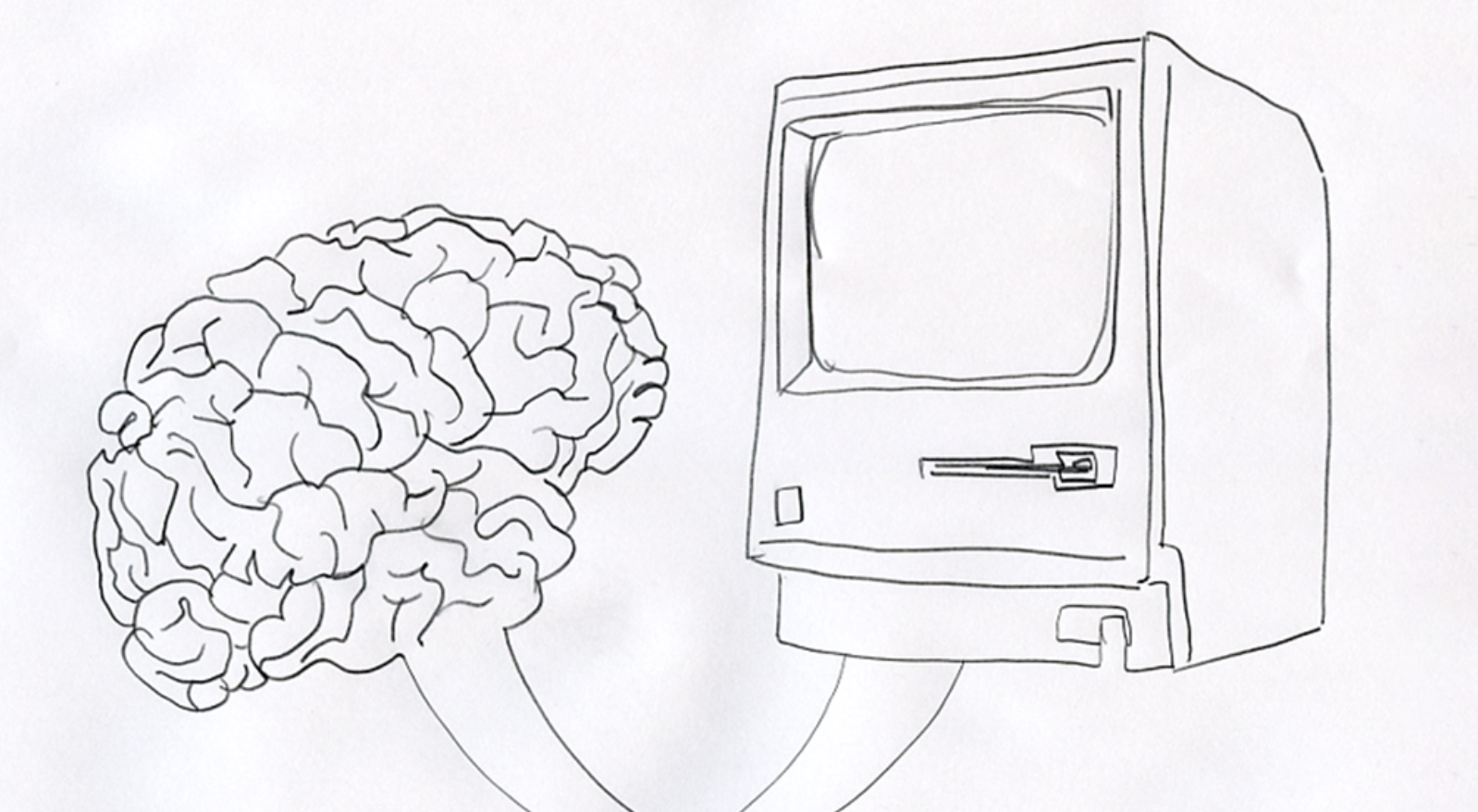If cybersecurity was part of a Venn diagram it would have an extensive overlap with altruism. Despite the media driven view of hackers in black hoodies, the industry essentially exists to protect countries, companies and individuals. Sure, we get paid to do it, but we could easily do something else. I mainly state this to justify the existence of this post on my “security” blog. So forgive my foray into this territory.
I’d also like to preface this post with a bit of a disclaimer. There are a lot of problems in the world, I am in no way trivialising any of the struggles individuals or groups face. I just want to have the largest possible impact on the largest numbers of people I possibly can in my lifetime. Anyway, on to the post.
What is effective altruism?
Evidence and reasoning are an integral part of pretty much every decision I make. I mean I am a human and make emotional decisions so sometimes logic can be overridden. But I generally pride myself on making evidential and considerate decisions in a rational manner without dwelling on them too much. This approach extends to my charitable and altruistic contributions as well.
Effective altruism is the relative codification of this approach. Proponents of the idea, such as Peter Singer, espouse the use of evidence and reasoning as a means of determining the most effective ways to benefit others. The keyword of the principle is effectiveness, namely doing the most good with what you can offer as opposed to doing a lesser amount of good. This approach runs counter to the natural altruistic approach of giving due to something feeling good or based on intuitive appeal.
This approach also implies that you have to take a cause neutral approach to where you give. (more on this later)
I will say upfront. Effective altruism isn’t easy. It requires planning, dedication, consideration and objectivity. But it also has the greatest potential to improve the life of people, animals and even the future of this very planet if widely practiced.
At the core of effective altruism there are four(ish) important ideas:
Impartiality
Possibly the hardest and least intuitive component of this approach is impartiality. Our initial emotional responses, which are a key asset in our ability to cohere as a society, are also a barrier to effective altruism. This doesn’t mean you need to act as a robot when making decisions; but you need to be capable of reasoning about your altruism prior to doing it. This can be exceptionally difficult, especially because this means overcoming the identifiable victim effect.
The identifiable victim effect refers to the tendency of individuals to be more altruistic when faced with an identifiable individual victim. Swathes of charities have been exceptionally good at manipulating this to encourage greater donation.
When looking at giving you should focus on analysis through impartial and impersonal reasoning. This should override the response to give purely based on the plight of victim or other personal beliefs. This is hard. Really, really hard. Ultimately though, suffering and well-being are equivalent no matter who is experiencing them. If you are innately aware that an effective altruistic approach will benefit more people more effectively and thus have a greater net positive it becomes easier to swallow this.
Cause Neutrality
Impartiality is also the main driving force for cause neutrality. What is cause neutrality? Well, it means you can’t prioritise giving based on something that matters deeply to you. Once again this is hard. But if you think about the ideal of giving in the most effective and evidence based manner, choosing based on your own causes runs counter to this.
Prioritisation of Causes
Tightly coupled with impartiality and cause neutrality is cause prioritisation. In the shortest manner this is where the rubber hits the road. You need to take all causes in, consider their effectiveness an allocate resources to them (money or time) in an objective manner. What this looks like in practice? More on that later. This is another difficult part, because here you are forced to look at data. There are however, places that make that easier (again that’s coming later).
A key consideration in prioritising and selecting causes is that allocation of resources is based on the relative importance and impact of the cause. A common approach to this is choose the broad causes that are most effective or will have the most impact if they reach their goals and then focus on the groups or interventions in targeting those goals.
Cost-Effectiveness
Mercenary as it sounds, the best measure of effectiveness for a given intervention or group is cost-effectiveness. This doesn’t mean you’re excluding based solely on financials, but they need to be part of the calculus when giving. Some charities and organisations are simply better and managing and distributing the money they receive. Organisations also may not achieve their goals, or may be using an ineffective approach. This is reflected in datasets by various metrics depending on which type of intervention or approach a charity uses. For health this might be lives saved per dollar or adjusted life years. Reader beware however, you can’t just take a charity by its word alone. Every charity is in the business of saying they are effective. You need to consider this as part of your research.
This also applies to how you give. One could argue that direct volunteering is more valuable than money. However frequently this isn’t the case. Charities usually have oodles of people willing to volunteer that would be better suited just giving. Money talks and ultimately charities can’t operate without it. Cost-effectiveness means exactly that, does your time have as much impact as your money?
Alright… So we’ve looked a little bit at the principle. But what does it look like in practice?
Effective altruism in practice (How I do it)
There are a few main things I have done to begin practicing effective altruism and they are detailed below. Some of these might work for you. Some may not:
1. The Ten Percent Pledge
I have taken the 10 percent pledge. For the rest of my life I intend to give a minimum of 10 percent of my yearly income and ultimately my life income. This will also apply to any businesses or organisations I create. Doing this gave me a budget for the causes I selected. It’s also not the max, just a minimum, I fully aim to continue to push this and generally have gone over it. This may not work for everyone and I completely understand that. But if you have the means to give, you should set yourself a goal.
If you can, you should take this pledge to keep yourself accountable and provide sufficient resources. If enough of us do this we can really have a huge impact.
2. Data, Data, Data
This took a lot of research, but I am going to make things easier for you. I have built some amazing dashboards and funding data that I am going to share. I just need to sanitise ( protect my financial privacy) and make it web-safe but I will hopefully have it available at a website in the near future. Taking this step will help me maintain impartiality, either through scrutiny or just as a means of tracking my impact. Key metrics I am analysing depend on the given cause. Financials are a key dataset, but also global statuses of given causes as well as general impact and urgency of causes.
I feel transparency is a key part of effective altruism because it makes everyone better at it. As part of this publishing of my own data, I also want to create a space for everyone to publish their own portfolios, share tips and enhance each others giving. I’m also exploring how AI might help this process. So watch this space.
Of course this doesn’t help you quite yet, so in the interim a great place to start is givewell.org. They have done a lot of hard work for you and were the first port of call for my own adventure into this space. Otherwise, charity datasets are your friend. I am data nerd so I enjoyed crawling through records. Some may not.
Different dataset sites such as those of governments (charities have transparency requirements) or other public datasets such as some listed below are good places to get what you need:
Links
Kaggle: https://www.kaggle.com/datasets?search=charity
GlobalGiving: https://www.globalgiving.org/search/?size=25&nextPage=1&sortField=sortorder&loadAllResults=true
Effective Altruism Subreddit: https://www.reddit.com/r/EffectiveAltruism/
3. Select Causes based on data and give
Once I’d made my effective decisions all I needed to do was give and track what I was giving.
That’s it.
Let’s work together to potentially change the world.




